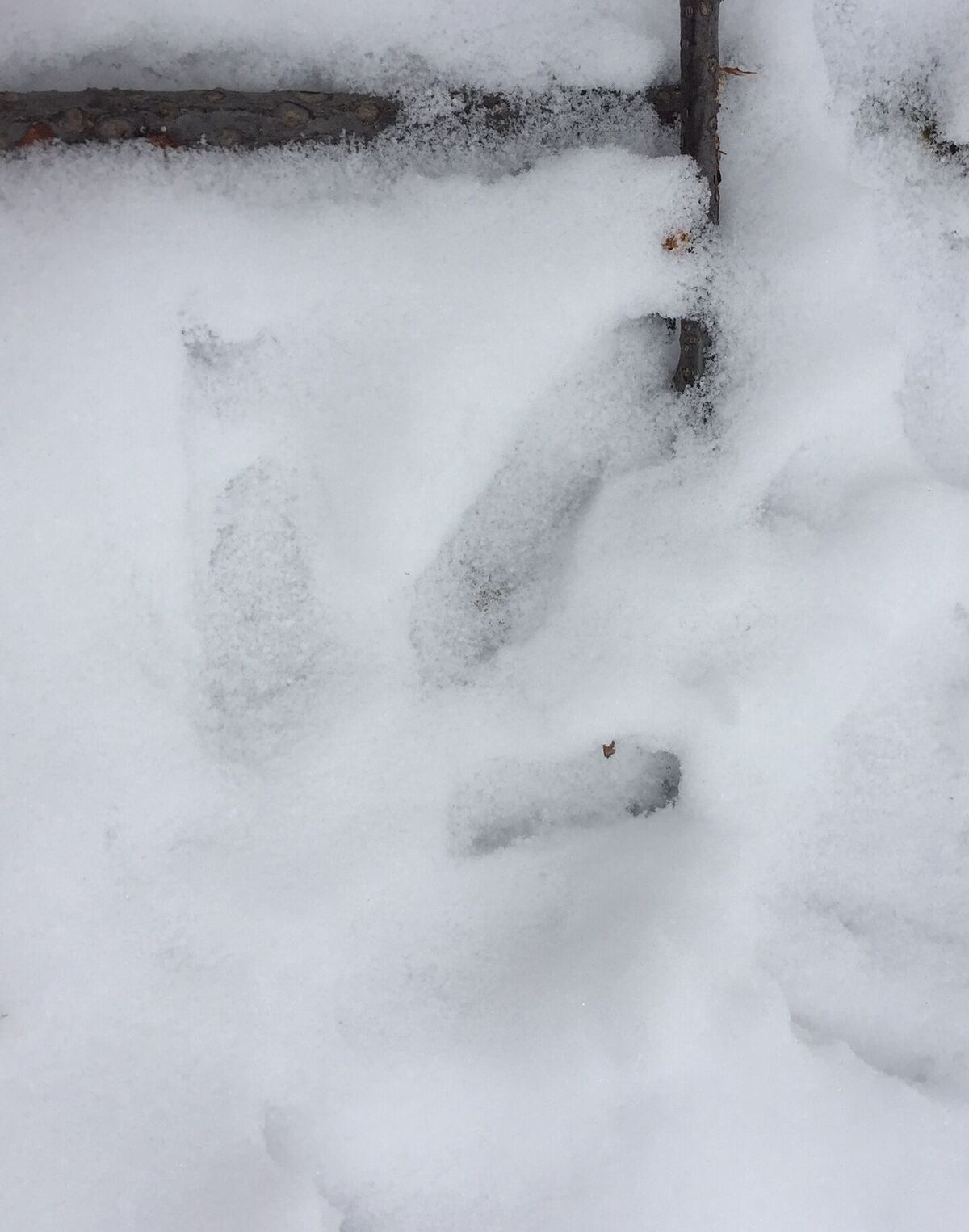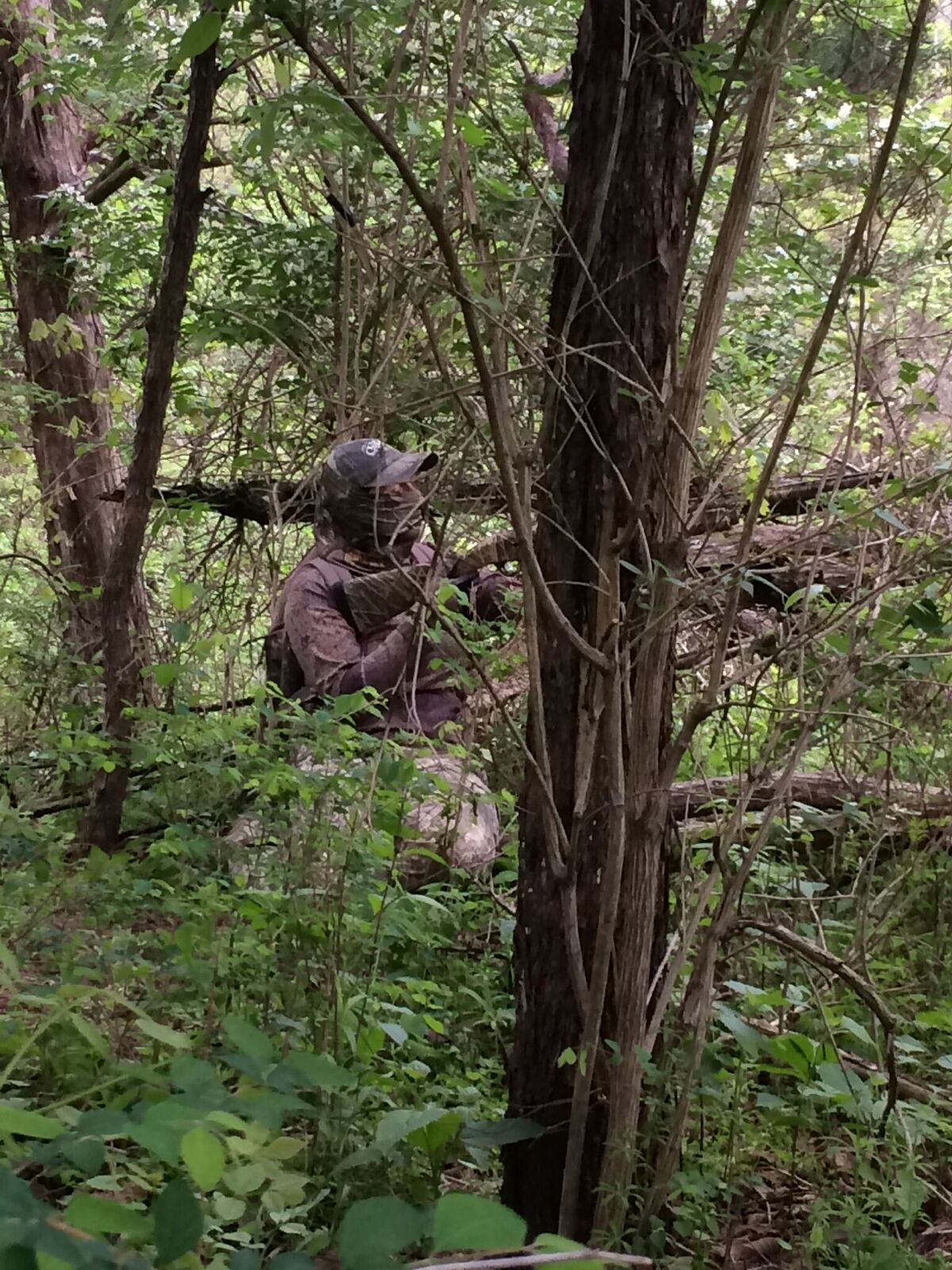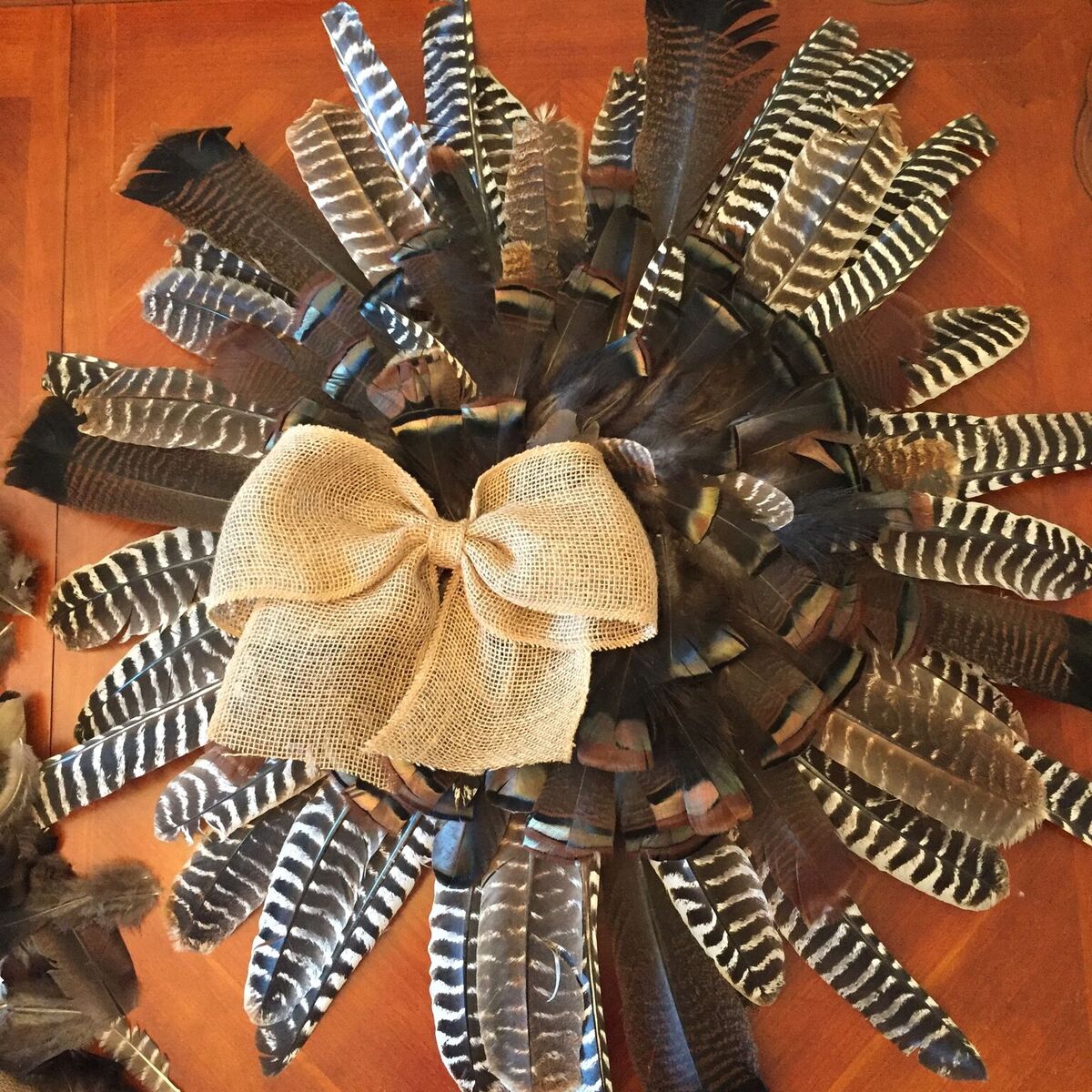Spring Turkey Season: Tips for Before, During and after the Hunt
It’s officially spring. Everything is coming to life again. The days are getting longer. And it means it’s turkey season…the most exciting time of the year! Hunters across the country are getting prepped to get back out into the woods after a couple months of down time, decked out in camo and ready to bag a big ol’ tom.
The thing about turkey hunting though, is that turkeys can be jerks. They have incredible vision. They are constantly paranoid. Hunting them is both fun and extremely frustrating. It can be going well, then immediately turn bad. But with all of that, it’s still my favorite hunting season.
Below are tips for spring turkey season that can help you bring home a gobbler, then enjoy him after the hunt!
PRE-SEASON
Pre-Season Scouting
Scouting starts way before actual season starts. You have find the turkeys before you can harvest one. Whether you’re hunting public land or private, get out and pound the ground looking for sign. Scout food sources such as cut grain fields or areas with a lot of mast-bearing trees for tracks, droppings or signs of scratching.
Once you find sign, put out trail cameras to help gather more information such as what direction they are coming from and going to, what time of day they are visiting the area, how many turkeys are in the flock and whether you’ve got hens or toms.
Learn to Call
There are several different types of turkey calls, and everyone has a favorite. Try a few different types of calls and see what you’re comfortable with, then practice, practice, practice to learn not only the basics of the call, but how to make different sounds.
Push-button calls—These are the easiest to learn for a beginner hunter, since they require little effort or skill. They are great for making a variety of basic sounds. A major disadvantage: moisture can make them useless.
Box calls—These are also fairly easy to use and can make a wider variety of sounds than push-button calls. They are also great for long distance calling. But, since they are usually made of wood, moisture can be a problem. Additionally, these calls require two hands, which can be problematic while hunting.
Slate or Pot calls—Probably the most popular type of turkey call, slate or pot calls can be made from a variety of materials such as slate, ceramic or glass, and are paired with a striker usually made of wood or carbon. A huge advantage is that these calls can make pretty much any turkey sound if you practice. And depending on the materials, moisture won’t affect it. But they have disadvantages too: depending on the materials, moisture will affect it, and they require two hands.
Diaphragm or Mouth calls—Personally, I think these are the most difficult to learn, but they are the most convenient while hunting since they are hands free. They are weatherproof but can require some maintenance since the reeds can stick together and impact the ability to call. There are different calls for different sounds—so there are a lot of choices.
Practice Shooting
Whether you plan to hunt with a gun or bow, you need to prep prior to opening day. Turkeys have a small kill zone, so you have to make sure your shot is good, or you’ll likely lose a bird.
Shotgun
Shoot a couple of different brands of shells to see what has the best pattern for your gun. There’s no magic number of pellets for a kill, but you’ll definitely want your pattern centered around the head and neck and want multiple pellets to penetrate.
Determine how your gun patterns at different distances and with different chokes. I missed a turkey at 20 yards because I didn’t check my gun at this distance with the turkey choke. I figured out afterwards that at this distance, the pattern was about the size of a golf ball.
Bow
Study up on the best shot placement—base of the neck or body shot—and different shots at different angles.
If one is available, practice shooting a foam turkey target to get the right placement and size. If all you’ve got is your normal block-style or deer target, get a life-size paper turkey attached to your normal target so you can get a better idea of placement.
Research different broad heads and determine what to use during season: guillotine, expandable or fixed blade. It comes down to personal preference, how they shoot in your bow and where you plan to aim.
And don’t forget to practice from your ground blind and in your camo if that’s how you’ll be hunting.
DURING SEASON
Find the Roost
Find out where the turkeys are roosting, and you’ll be in a better position to harvest a turkey. Head to the woods in the mid-to-late afternoon and wait for the birds to go to roost—if you’re close enough, you’ll be able to hear their wings beat as they fly up. You can do this in the pre-season too, but turkeys will likely move and won’t always roost in the same spot.
If you know where they’re roosting, get in before daylight and get set up to wait for them to fly down. Be careful not to get too close though. You’ll want to give them enough room to fly down, move around and get comfortable.
Camouflage Yourself
Turkeys have excellent vision, so concealment is key in turkey hunting. Depending on where you’re hunting—northern states, southern states, east coast or west—the terrain will be different. Northern and western areas may still have snow on the ground, and the trees and ground cover may not have budded out yet. While southern areas may be in complete ‘green up’ mode. Either way, find camo that works with the environment to provide a good concealment. If you’re hunting from a ground or box blind, consider wearing black since the inside of the blind will be dark.
Remember to cover your hands and face too. I prefer thinner layering-type gloves so that they aren’t bulky when calling or shooting. For face concealment, some people prefer face paint, others prefer a mask. Personally, I like a combo. I don’t like walking with a mask on because I find it hard to breathe. So, I put on face paint, then use either a full mask or neck gaiter and hat when sitting.
In addition to what you wear, make sure when you get settled into your spot, you’re out of the sunlight. Set up in a shady spot with the sun at your back, that way, the turkeys are looking into the sun if they’re looking in your direction.
Ignore the Rain
Spring usually means rain. Fortunately, turkeys don’t mind the rain. It may make them sleep in, but they’ll come down eventually. Prepare to hunt from a ground blind, or make sure you have good rain gear. And consider the impact of rain on your calling too, as mentioned above.
During rain, turkeys won’t be able to hear as well, so they will typically move to open fields where they can depend on their eyesight. Have your ground blind set up on the field edge and be ready for them to come in. I've harvested more turkeys in the rain, than not. The worst part, it does a number on their feathers so salvaging them for mounts can be difficult.
s for gobbling, I’ve found that sometimes they gobble more during rain, and sometimes they don’t make a peep. Some turkeys will gobble at every noise, so if there’s thunder, prepare to hear some gobbles with each clap. And if the rain passes and the sun comes out, some turkeys will make up for lost time and gobble nonstop!
Decoy Setup
Just like with calls, there are a lot of options when it comes to decoys. Full-body foam decoys, collapsible or plastic decoys, standing hens or hens in a submissive position, jake decoys, and a variety of tom decoys. While there's not guaranteed decoy or setup, the key is finding something that looks real in order to close the distance and get a wary tom to come in.
Decoys aren’t an absolute necessity, but they can definitely increase your odds of harvesting a bird. During early season, hen and jake decoys can make a big tom jealous enough to come within range. Later in the season though, a single hen decoy will do the trick as gobblers are tired of fighting for a mate.
AFTER THE HUNT
Hopefully you’re successful with your turkey hunt and have a nice big gobbler to bring home.
Butchering
Butchering a turkey is fairly simple, and doesn’t require plucking all of the feathers, depending on how you plan to cook it later. Some people only keep the breast meat, others prefer to keep the legs and thighs too. There are several tutorials online to guide you on how to butcher if this is your first time.
Saving your Trophy
If you plan to have your turkey mounted, you’ll need to take special precautions to minimize feather damage. Contact your favorite taxidermist prior to season to find out how it should be prepped and stored prior to bringing it in. If you only want to mount a fan, that’s an easy at-home DIY project. And remember to cut off the beard and salt the base.
If you’re not interested in another mount, but still want to utilize the feathers, there are many DIY projects using feathers. Check out my tutorial on making a turkey feather wreath.
Time to Eat
And the best part…eating it! My favorite way to eat wild turkey is cut into nuggets, rolled in Italian bread crumbs, then fried. But there are a lot of options—turkey tacos, smoked turkey breast, pot pie, turkey noodle soup, quesadillas…the options are endless!
ABOUT THE AUTHOR:
Sarah Honadel is an avid outdoorswoman from Kentucky, living in Idaho, who enjoys hunting turkey, deer and elk. She is a Team Member at Huntress View and Brand Champion for ReelCamo Girl, two organizations that work to support, encourage and empower women in the outdoors.
Follow her on Instagram @waddysarah and @arrowridgecreations.
ABOUT US:
ReelCamo Girl is a lifestyle brand focused on ladies who love the outdoors.There is a growing need for a place for women to share their outdoor experiences, as well as an interest in clean eating and self-sufficiency. Through our website and social media networks, we offer a safe place where the ladies can share their pictures, stories, wild game and fish recipes, and news articles about conservation and hunting perspectives.
ReelCamo girls are strong, capable, kind, compassionate, nature & country-loving individuals. We encourage responsible and ethical hunting. We care about the land and wildlife management and about long term sustainability. We hunt, fish, dive, shoot and hike…for peace of mind, happiness, pure clean protein & connection to the outdoors. ReelCamoGirls can shoot a gun, draw a bow, track an animal, get CAMOed up, bait a hook, clean a fish and still be feminine.








